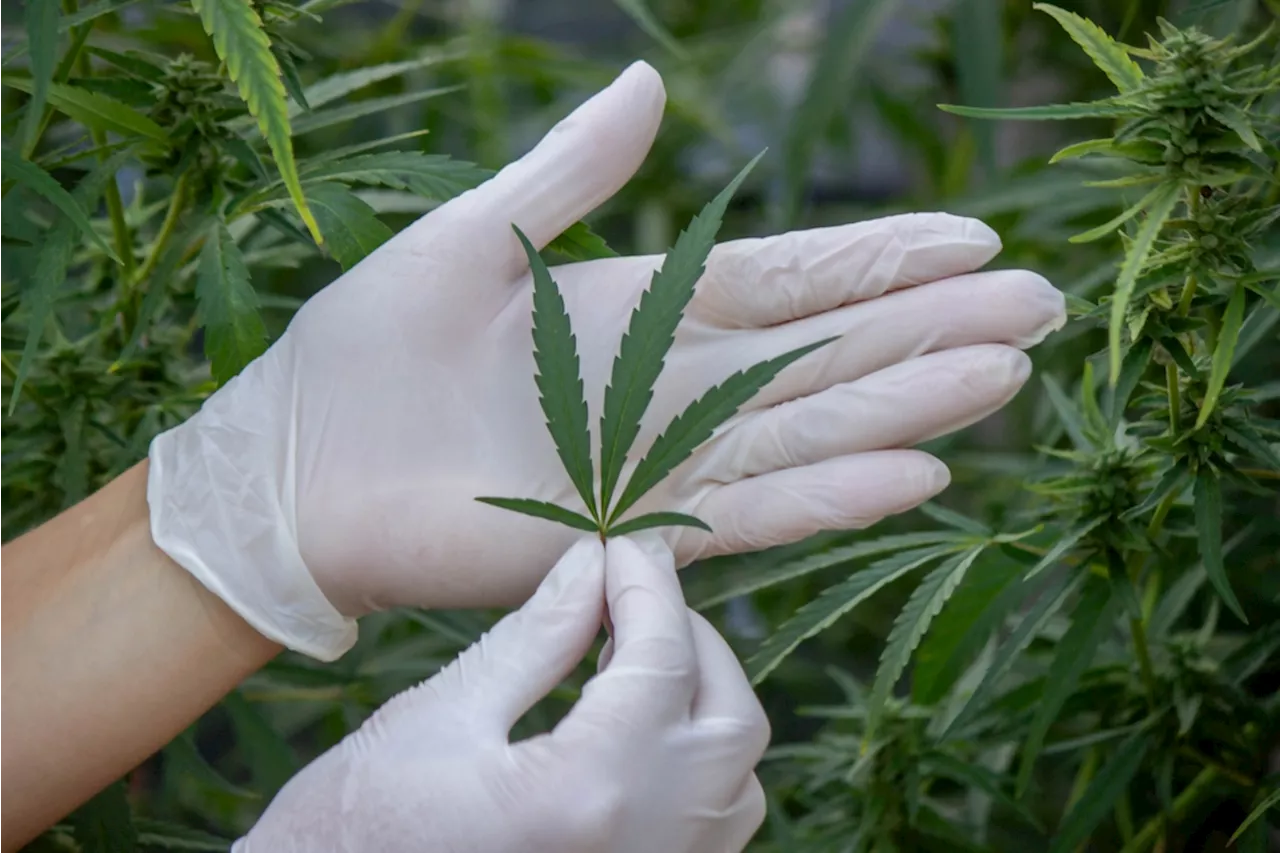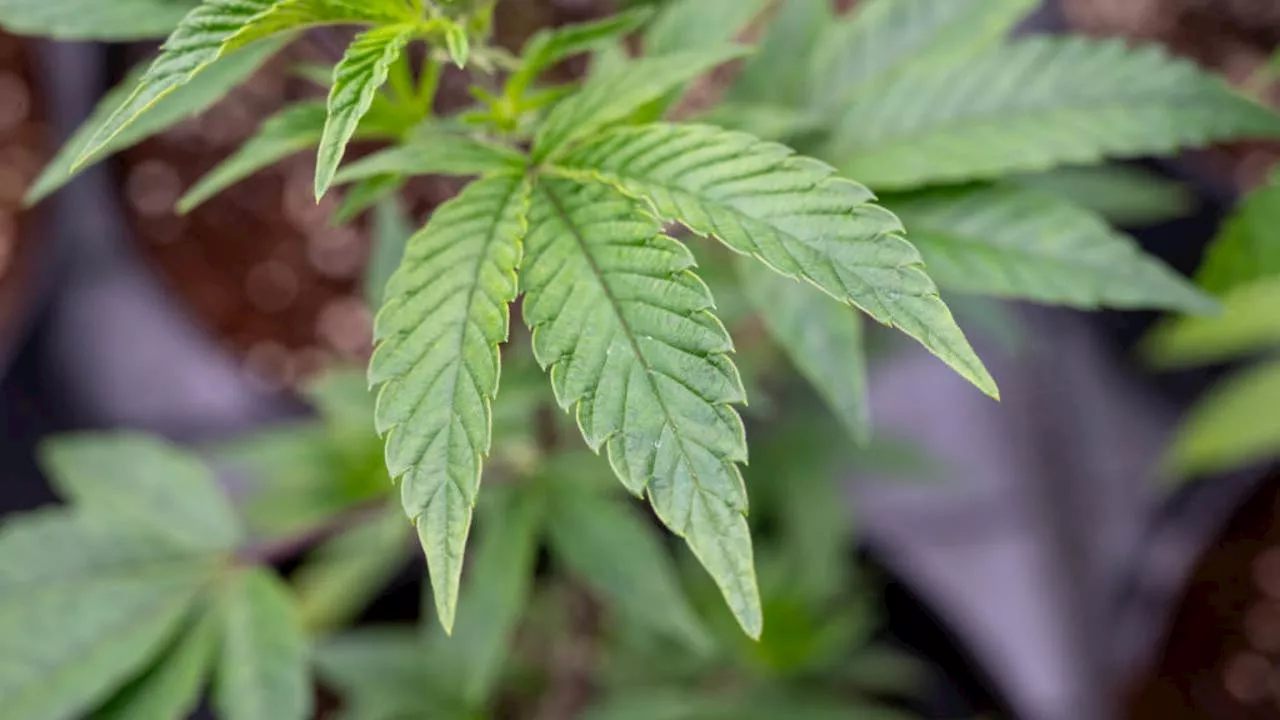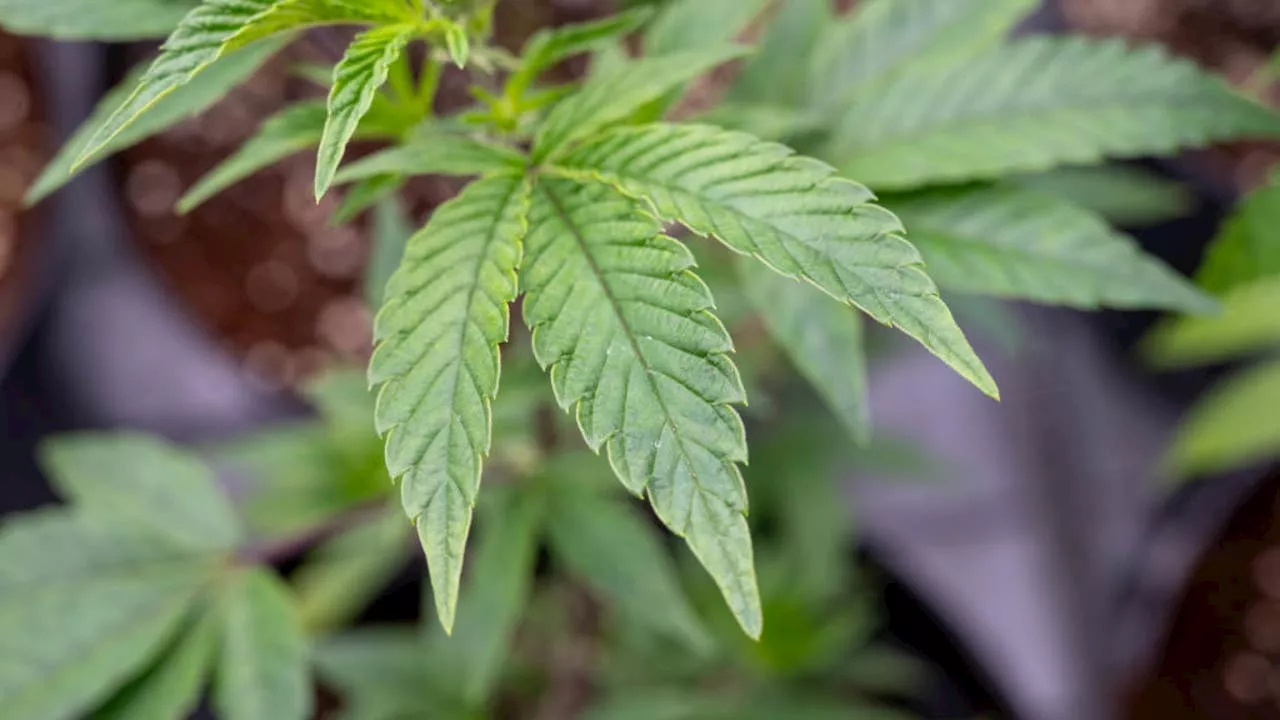A new study has revealed a concerning link between secondhand cannabis smoke exposure and the risk of harmful health effects in children. The research, conducted in San Diego County, found that children living in homes where cannabis was smoked indoors were five times more likely to have detectable cannabis biomarkers in their urine compared to children in homes without reported in-home cannabis smoking.
While critics supporting prohibition may argue that cannabis smoking poses legitimate health risks , and not necessarily just for those who choose to do so. According to a new study, smoking cannabis inside a home is associated with a higher likelihood of cannabis biomarkers in the urine of children who live there.
There are caveats, the authors note, but this still highlights the potential harm, and suggests further study is warranted – along with precautions, like smoking outside, that might help parents and guardians reduce risk in the meantime. 'While the long-term health consequences of cannabis smoke are not yet well-known, cannabis smoke contains carcinogens, respiratory irritants, and other harmful chemicals,' said Bellettiere. 'In our analysis, the odds of detectable cannabis in children were five times higher in households with reported in-home cannabis smoking.' This exposure to toxic chemicals, including known carcinogens, could have long-term health effects in these children. Bellettiere and his colleagues studied in-home cannabis-smoking habits in San Diego County, California, using data from Project Fresh Air (PFA); a randomized conducted in the county between 2012 and 2016 to reduce levels of fine particulate matter in homes. PFA recruited participants through various sources, including community events and organizations such as the US Department of Agriculture's Special Supplemental Nutrition Program for Women, Infants, and Children (WIC). To be eligible for the project, participants needed to be at least 18 years old, have at least one child younger than 14 living in the home, have a resident adult tobacco smoker in the home, and have no plans to move within three months. The final sample included 275 households, each of which had an air particle monitor installed by project staff in the room where most of the tobacco smoking took place. The monitors continuously counted fine aerial particles. After seven days, PFA staff interviewed each enrolled parent or guardian, asking about household characteristics as well as any particle-generating activities, like smoking or cooking, in the previous week. Staff also gave each parent or guardian a urine-collection kit, along with instructions for collecting urine from the enrolled child. They tested the youngest child in each household, with a median age of 3 years. Years later, portions of these urine samples were sent to a US Centers for Disease Control and Prevention lab for analysis of cannabis-exposure biomarkers, as part of a secondary cross-sectional study conducted in 2020, called Eliminating In-Home Smoking. Using data from these sources in a new study, researchers found that 69 percent of households reporting in-home cannabis smoking had a child with detectable cannabis biomarker levels – compared with just 24 percent among households not reporting in-home cannabis smoking. 'As young children spend most of their time at home, reducing in-home cannabis smoking could substantially reduce their exposure to the toxic and carcinogenic chemicals found in cannabis smoke,' said Bellettiere. Research on cannabis lags half a century behind tobacco research due to 'restrictive policies and regulations around cannabis research,' the authors stated, and the long-term health effects of cannabis exposure remain murky. Yet there are reasons for concern, especially with regards to children. 'As evidence regarding the health effects of cannabis grows, adopting strategies from the tobacco-control playbook, such as comprehensive smoke-free laws and policies, could safeguard children's health,' Bellettiere said. The study has notable limitations, the researchers acknowledge. Participants could have underreported in-home cannabis smoking, especially since recreational cannabis use was not yet legal in California when the data were collected. The original data collection focused more on tobacco than cannabis, and the sample was limited to households with an adult tobacco smoker. The sample was also largely recruited from lower-income households enrolled in the WIC program, the researchers note. These factors mean the findings are not necessarily generalizable to the broader US population. Effects of in-home cannabis smoking could also vary significantly by by method, location, and frequency of smoking, they point out. And previous tendencies to smoke indoors may have faded since 2016 due to more liberal regulations and social attitudes. Still, given the potential stakes for kids at key developmental stages, this is worth looking into further, the researchers contend. 'Determining the long-term health risks of second-hand cannabis smoke exposure is the absolutely essential next step,' Bellettiere said.
Cannabis Secondhand Smoke Children Health Risks Biomarkers Exposure
United States Latest News, United States Headlines
Similar News:You can also read news stories similar to this one that we have collected from other news sources.
 Wildfire Smoke Exposure Linked to Health Symptoms Months After FiresResearch following the 2021 Marshall Fire in Colorado found that residents living near burned structures experienced headaches, sore throats, and coughs even months after the fire was extinguished. The study, published in, suggests that exposure to airborne compounds from smoke and ash may contribute to these health issues.
Wildfire Smoke Exposure Linked to Health Symptoms Months After FiresResearch following the 2021 Marshall Fire in Colorado found that residents living near burned structures experienced headaches, sore throats, and coughs even months after the fire was extinguished. The study, published in, suggests that exposure to airborne compounds from smoke and ash may contribute to these health issues.
Read more »
 Wildfire Smoke May Be Linked to DementiaDana Schulz is an experienced editor, writer, and content strategist who is just as likely to be crunching the latest housing market data as she is to be sharing all the best new kitchen gadgets at Target. She has written about real estate, apartment living, home decor, and history for more than 14 years.
Wildfire Smoke May Be Linked to DementiaDana Schulz is an experienced editor, writer, and content strategist who is just as likely to be crunching the latest housing market data as she is to be sharing all the best new kitchen gadgets at Target. She has written about real estate, apartment living, home decor, and history for more than 14 years.
Read more »
 Heavy Cannabis Use Linked to Reduced Brain Activity in Working Memory TasksA new study, the largest of its kind, reveals that heavy cannabis use is associated with reduced brain activity during working memory tasks, suggesting that the negative consequences of heavy cannabis use may be more significant than previously thought. Researchers studied around 1,000 young adults, using MRI to monitor brain activity. They found that 63% of heavy cannabis users (defined as those who had used cannabis over 1,000 times in their lifetime) demonstrated reduced brain activity during working memory tasks, leading to poorer performance. While the study cannot definitively prove causation, it highlights the potential cognitive impacts of heavy cannabis use.
Heavy Cannabis Use Linked to Reduced Brain Activity in Working Memory TasksA new study, the largest of its kind, reveals that heavy cannabis use is associated with reduced brain activity during working memory tasks, suggesting that the negative consequences of heavy cannabis use may be more significant than previously thought. Researchers studied around 1,000 young adults, using MRI to monitor brain activity. They found that 63% of heavy cannabis users (defined as those who had used cannabis over 1,000 times in their lifetime) demonstrated reduced brain activity during working memory tasks, leading to poorer performance. While the study cannot definitively prove causation, it highlights the potential cognitive impacts of heavy cannabis use.
Read more »
 Heavy Cannabis Use Linked to Impaired Working MemoryA new study published Tuesday reveals a strong connection between heavy long-term cannabis use and diminished performance in working memory tasks. The research, conducted by a team at the University of Colorado Anschutz Medical Campus, analyzed data from over 1,200 young adults, utilizing cognitive function tests and brain MRI scans. The findings highlight the potential cognitive risks associated with heavy cannabis use and emphasize the need for further research.
Heavy Cannabis Use Linked to Impaired Working MemoryA new study published Tuesday reveals a strong connection between heavy long-term cannabis use and diminished performance in working memory tasks. The research, conducted by a team at the University of Colorado Anschutz Medical Campus, analyzed data from over 1,200 young adults, utilizing cognitive function tests and brain MRI scans. The findings highlight the potential cognitive risks associated with heavy cannabis use and emphasize the need for further research.
Read more »
 Heavy Cannabis Use Linked to Reduced Brain Activity and Working Memory IssuesA new study published in JAMA Network Open suggests that heavy cannabis use can negatively impact working memory. Researchers at the University of Colorado Anschutz Medical Campus found that 63% of heavy lifetime cannabis users showed reduced brain activity during a working memory task, while 68% of recent users also demonstrated a similar impact. The study, which involved over 1,000 young adults aged 22 to 36, used brain imaging technology to observe neural responses during cognitive tasks. Researchers noted a statistically significant effect on brain function during working memory tasks, particularly in areas associated with decision-making, memory, attention, and emotional processing.
Heavy Cannabis Use Linked to Reduced Brain Activity and Working Memory IssuesA new study published in JAMA Network Open suggests that heavy cannabis use can negatively impact working memory. Researchers at the University of Colorado Anschutz Medical Campus found that 63% of heavy lifetime cannabis users showed reduced brain activity during a working memory task, while 68% of recent users also demonstrated a similar impact. The study, which involved over 1,000 young adults aged 22 to 36, used brain imaging technology to observe neural responses during cognitive tasks. Researchers noted a statistically significant effect on brain function during working memory tasks, particularly in areas associated with decision-making, memory, attention, and emotional processing.
Read more »
 Heavy Cannabis Use Linked to Reduced Working MemoryA new study reveals that heavy cannabis use can negatively impact working memory. Researchers found that 63% of heavy lifetime users and 68% of recent users showed reduced brain activity during working memory tasks, associated with poorer performance. The study, published in JAMA Network Open, is one of the largest to investigate cannabis use effects on over 1,000 young adults using brain imaging technology.
Heavy Cannabis Use Linked to Reduced Working MemoryA new study reveals that heavy cannabis use can negatively impact working memory. Researchers found that 63% of heavy lifetime users and 68% of recent users showed reduced brain activity during working memory tasks, associated with poorer performance. The study, published in JAMA Network Open, is one of the largest to investigate cannabis use effects on over 1,000 young adults using brain imaging technology.
Read more »
